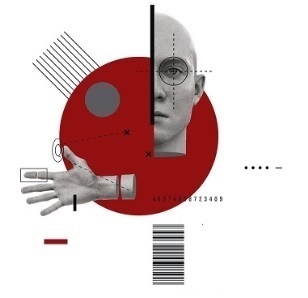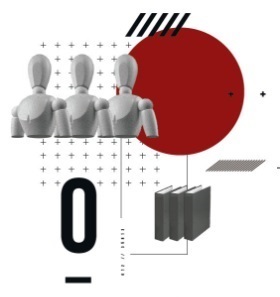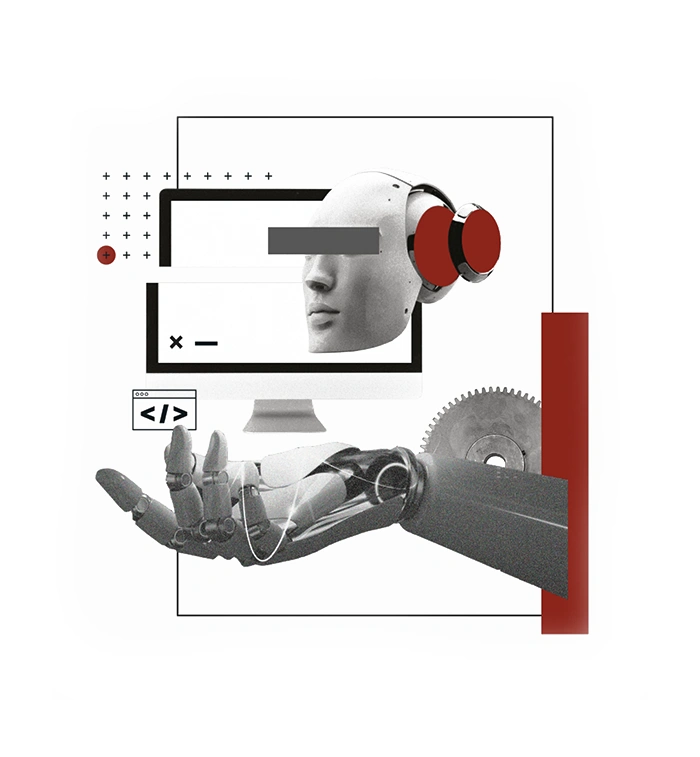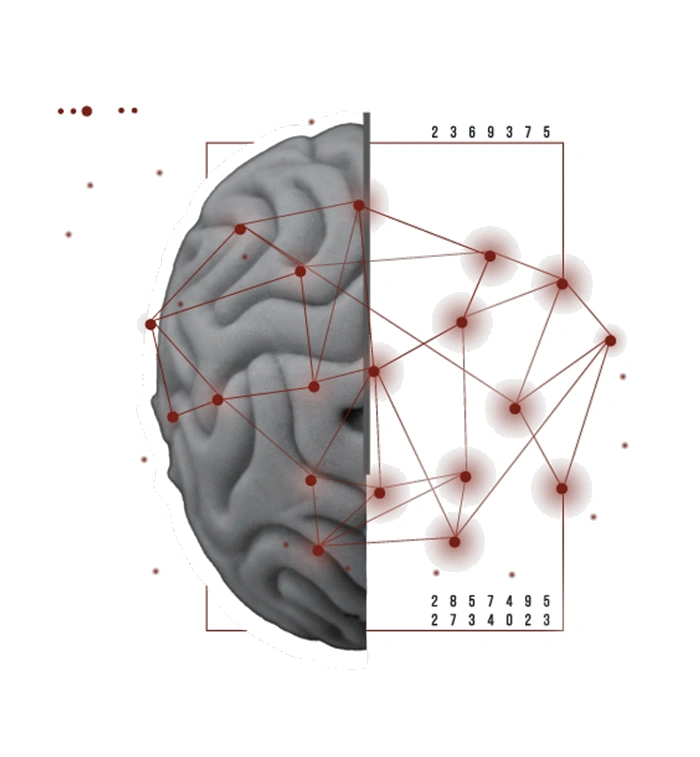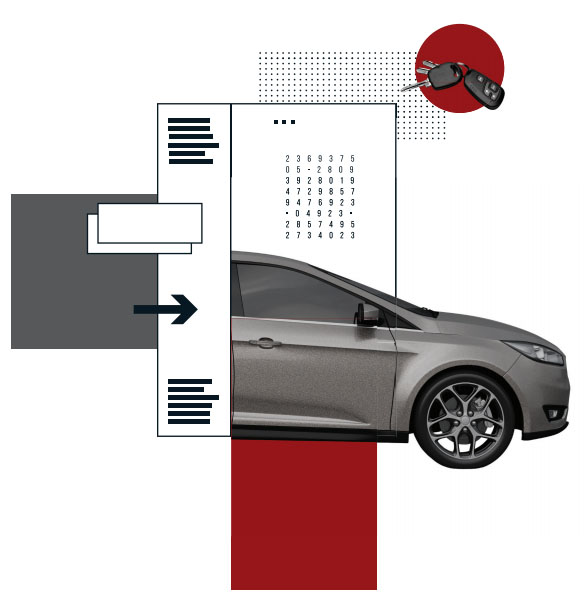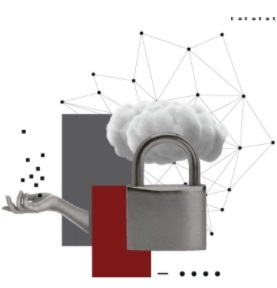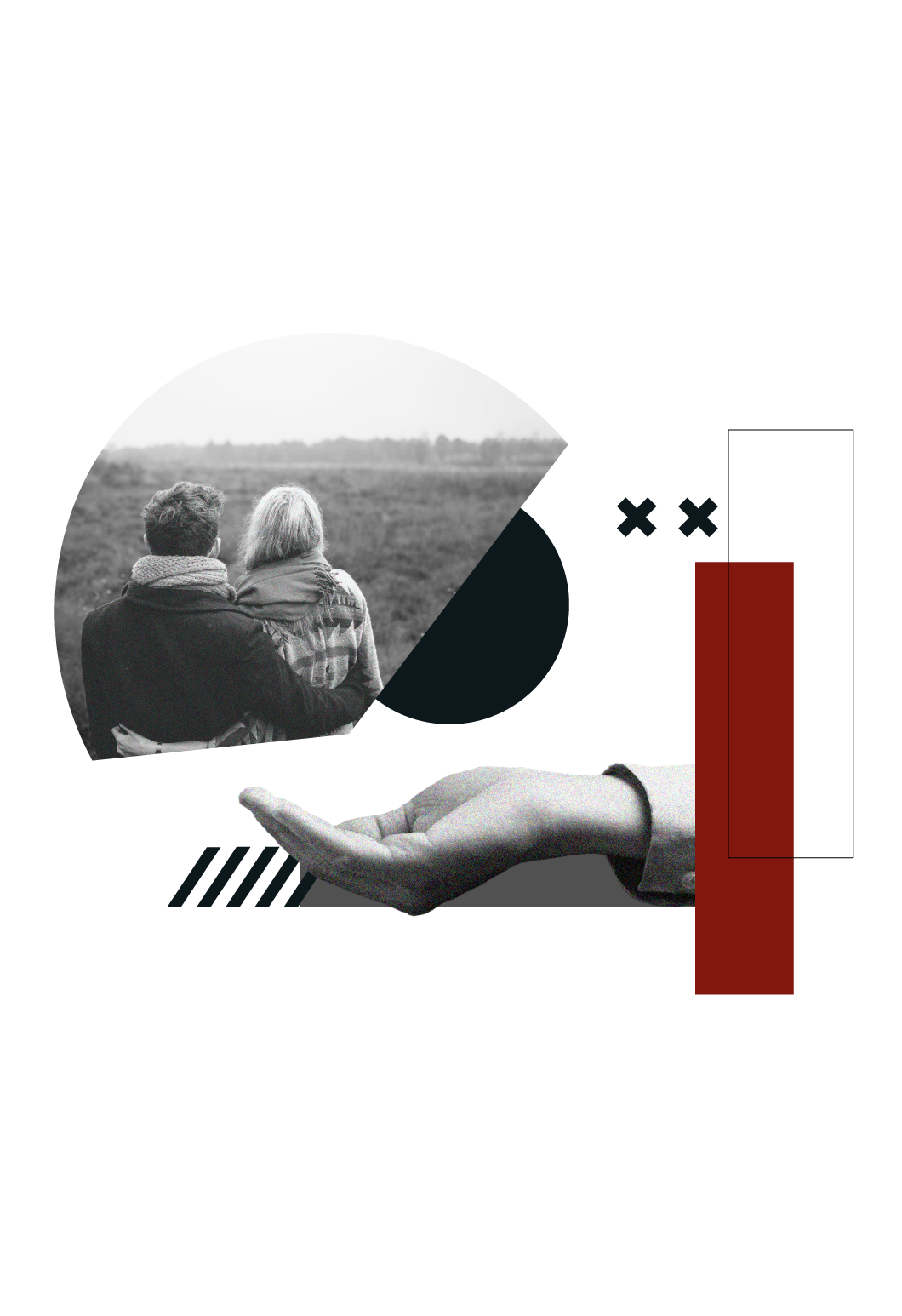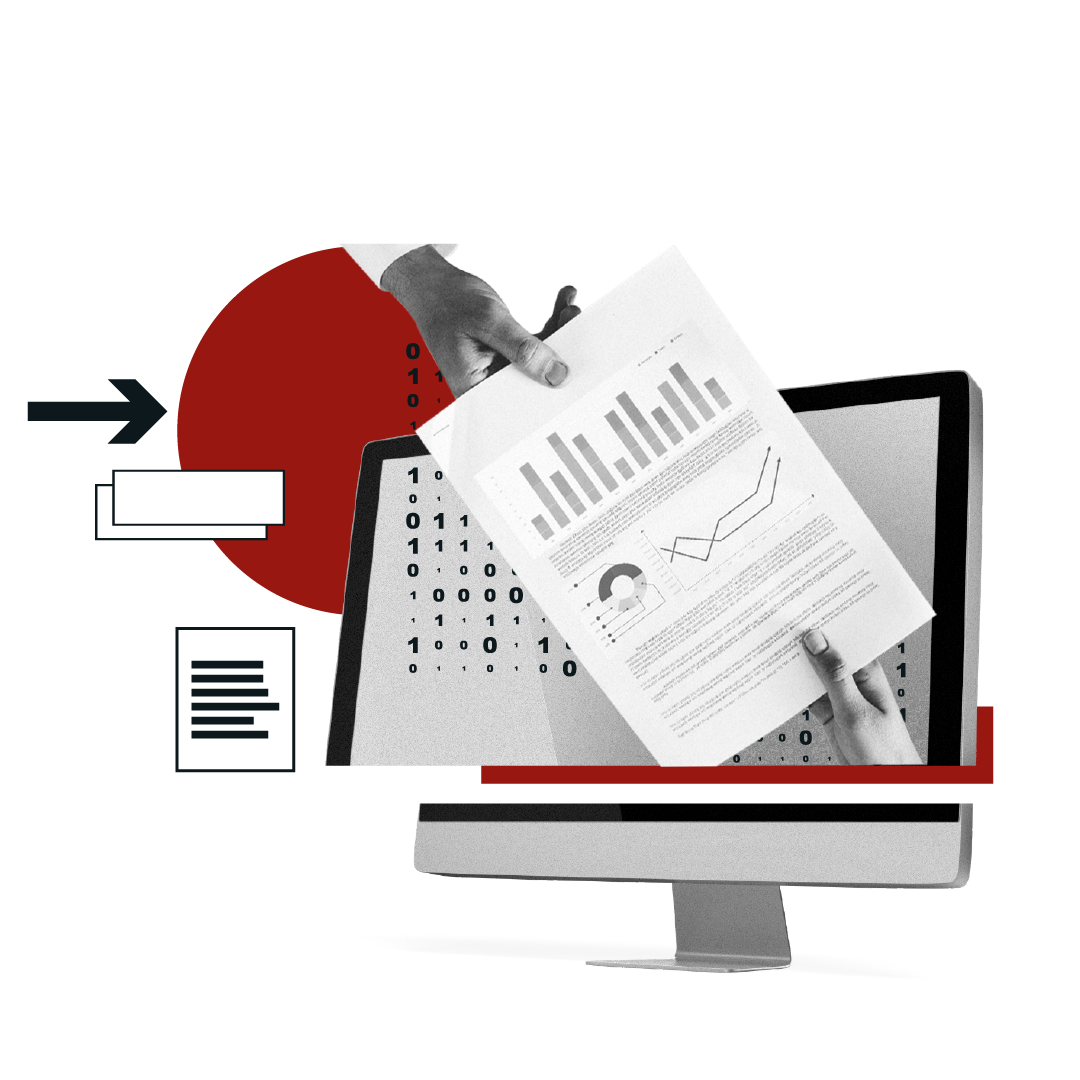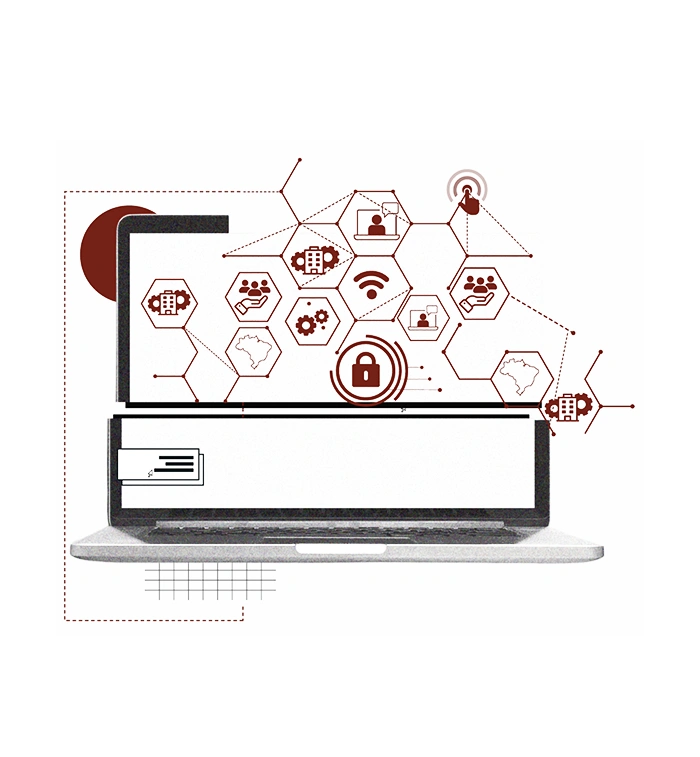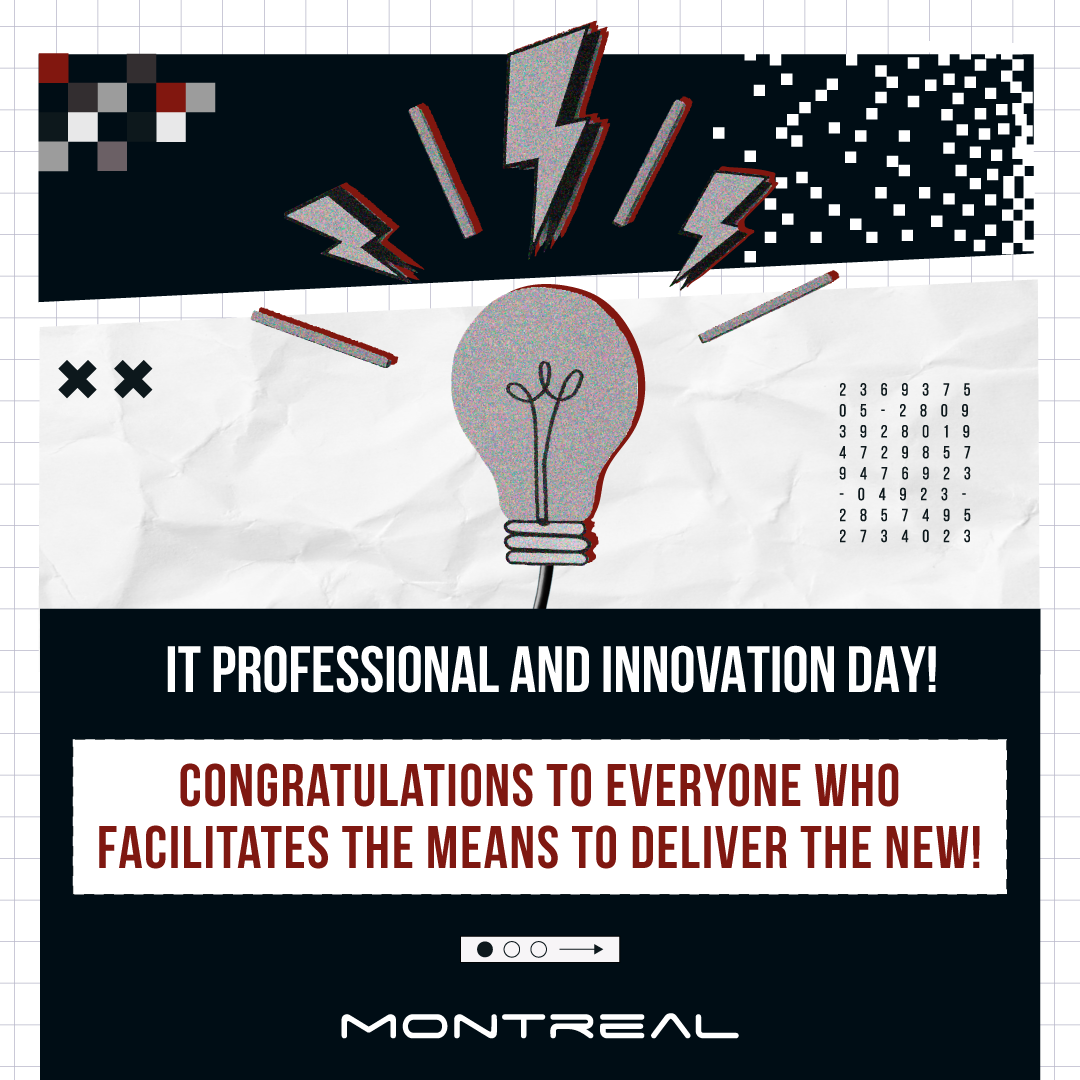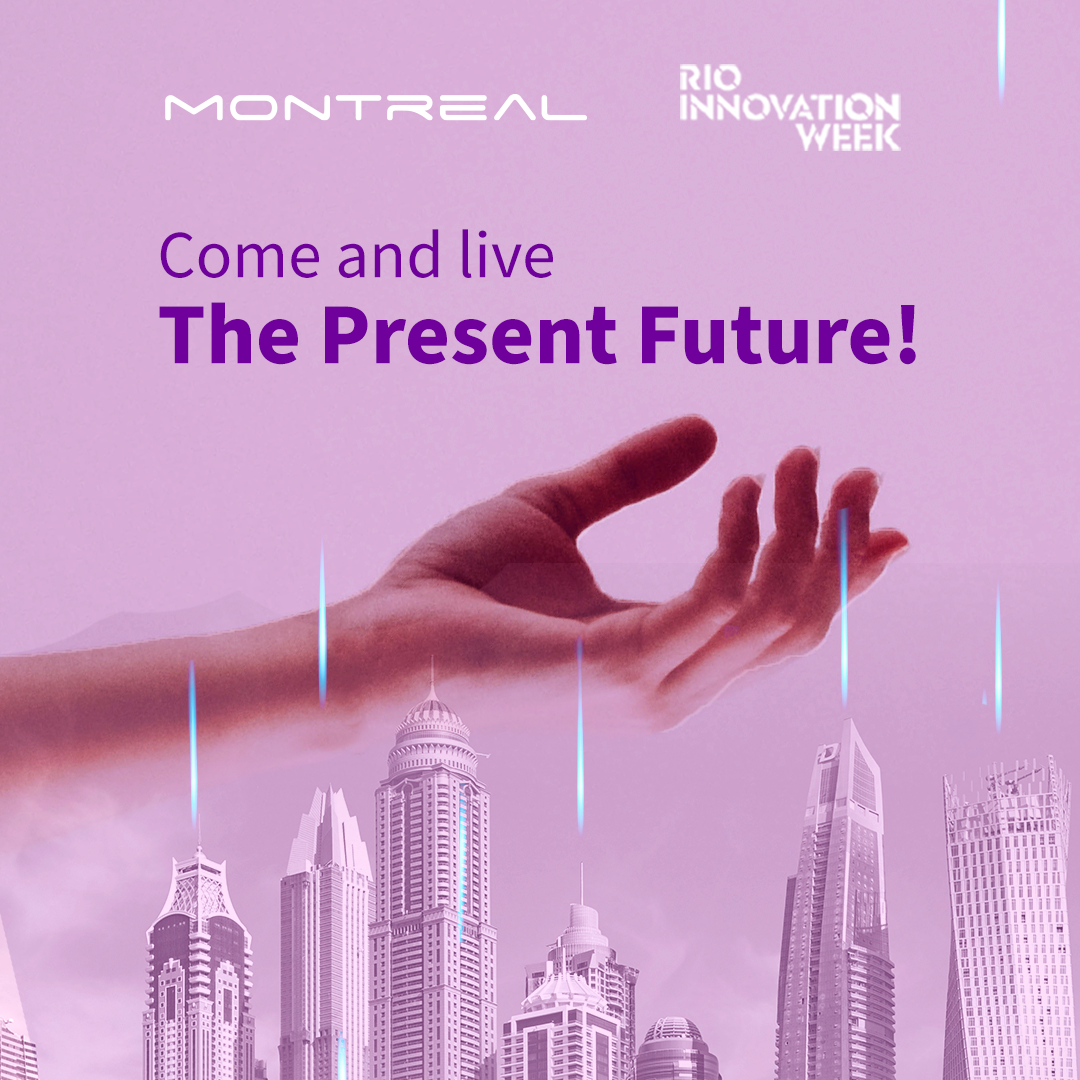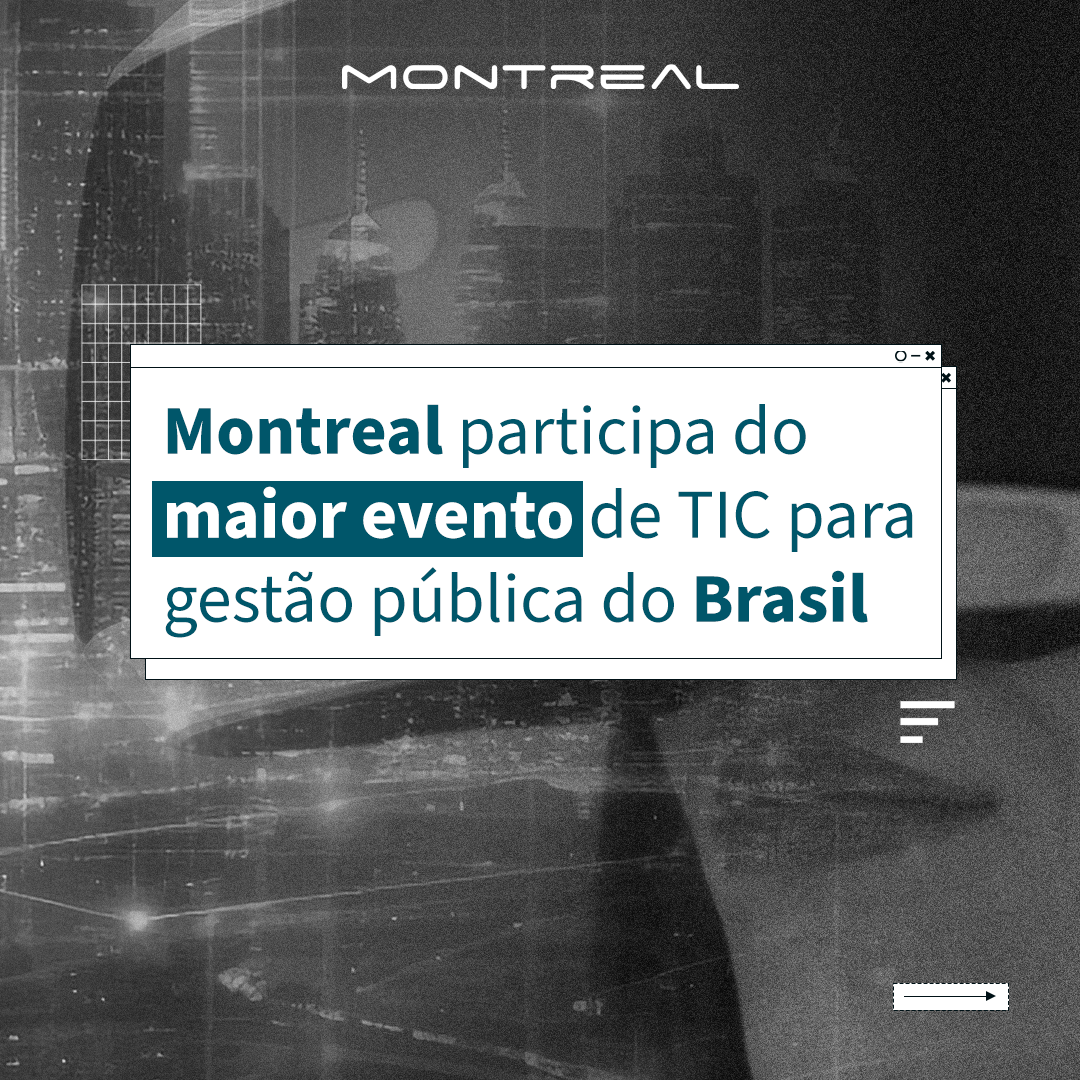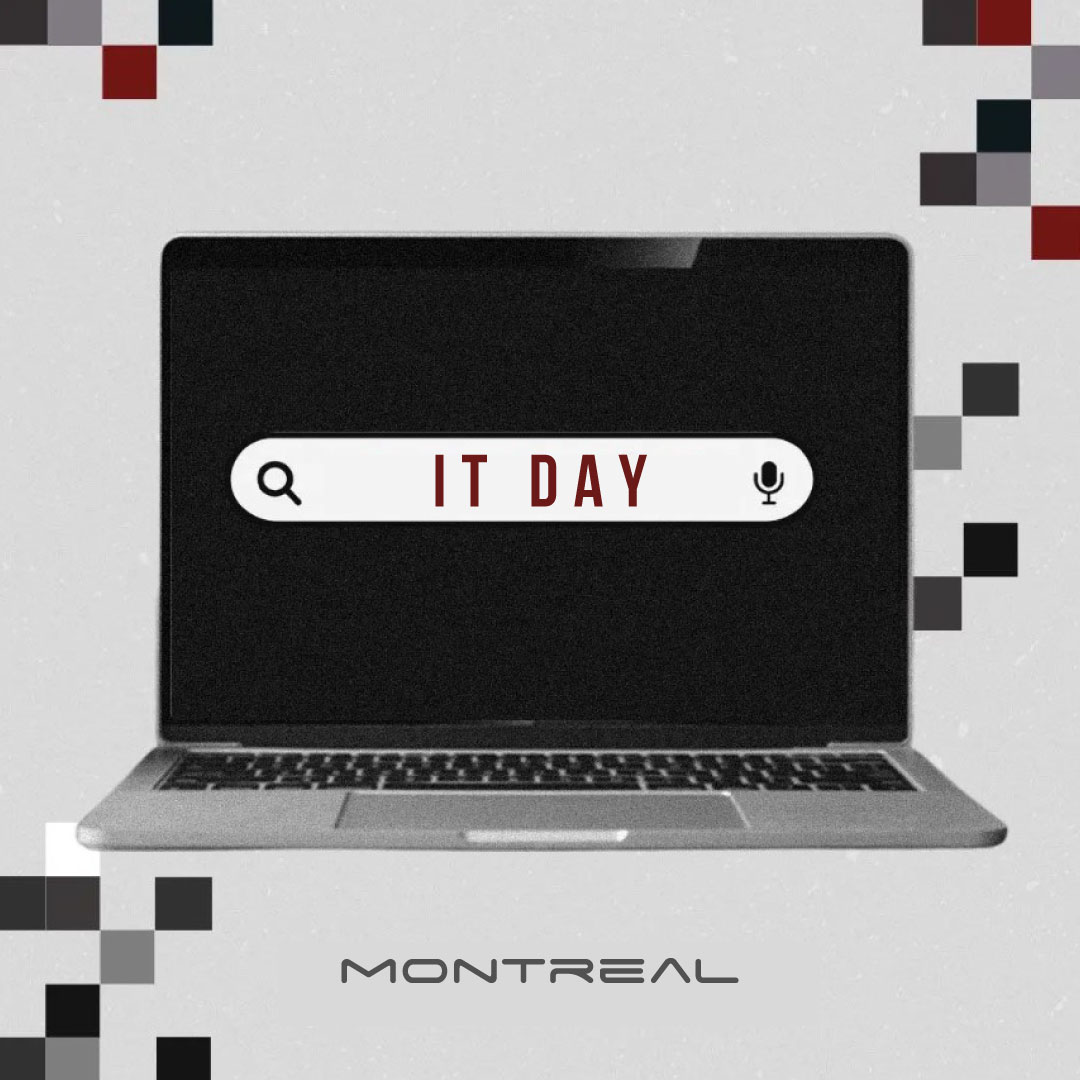We live in a world where our faces, fingers and even voices have become passwords for accessing the most varied applications. In an increasingly globalized world, technologies are always adapting and evolving, creating new possibilities. An example of this, which you've already seen here, is biometrics, with a market vision, but now it's quite different. Deepen your knowledge of this solution that has been in our lives for longer than you might think.
The director of Innovation & Technological Research and biometrics specialist, Antônio Carlos Censi, told us that the application of biometrics has been around for an incredible 150 years, since the time when the British police started using fingerprints to match latents from crime scenes with the fingerprints of possible suspects. At that time, although it was not yet common knowledge, the use of automated solutions for biometric recognition had already begun.
The great expansion of this technology in the world began in the mid-1980s in the United States and Europe, and in Brazil in 1999, when the public security department in the state of Rio de Janeiro launched an open call for international participation for the implementation of computer fingerprint processing technology. For this project, Montreal entered into a partnership with a major supplier of biometric recognition equipment and algorithms - the German company Dermalog, and formed a consortium in which Xerox also participated. The consortium, led by Montreal, won the tender against several foreign competitors and carried out the first successful implementation of a civil and criminal biometric identification system using AFIS - Automated Fingerprint Information Service technology in the state of Rio de Janeiro.
Montreal's partnership with Dermalog continues today, with over 20 years of success in Brazil.
Currently, the trend is to merge different biometrics. From digital to facial, palmprint and even voice, each one ends up contributing its own characteristics and compensating for any difficulty in use or poor quality in identification - considering that biometrics is not an exact science, but a "probabilistic" one, which provides a
Currently, the trend is to merge different biometrics. From digital to facial, palmprint and even voice, each one ends up contributing its own characteristics and compensating for any difficulty in use or poor quality in identification - considering that biometrics is not an exact science, but a "probabilistic" one, which provides a score, a percentage of certainty of the individual's identification, the use of multi-biometrics is especially important.
In ABIS - Automated Biometric Information Systems solutions, devices can be used to capture the various types of biometrics. In the event of a failure to read one, the other can be the solution.
Even with the reduction in costs over the last 20 years, investments in acquiring this type of device, with high quality and precision, are still considerable - especially when it comes to large-scale deployment. Even so, considering the benefits and applicability of the solution, there has been a considerable spread of the use of these components in the market, with many states in Brazil implementing biometric technologies in the issuing of identity cards.
With the evolution of smartphones, Montreal has also started to offer identification solutions on mobile devices, where facial biometrics has become the most widely used, considering its ease - especially for applications that do not require the precision of digital identification technology.
Other types of use will certainly appear whenever there is a need to validate a person's identity.
The emergence and expansion of personal assistants such as Alexa, Google Home, among others, with the use of voice as an interface, will certainly lead to the popularization of their use for identity certification, reducing the risk of crime, avoiding ideological fraud, making it possible to verify that those presenting themselves for certification match the data registered, quickly, simply and directly, in the virtual environment, using mobile devices.
This facility allows new digital services to be expanded and made available to users - whether in the private or public market - guaranteeing convenience and broad access, reducing time and costs. As an example, we can cite several countries that are making more and more public services available in a digital environment, which were previously only available through face-to-face access to users, guaranteeing debureaucratization and bringing agility and efficiency. New digital banks are appearing on the market all the time, providing access to financial services in the form of "self-service", making heavy use of biometric identification in its various possibilities, through mobile applications, and also including the possibility of sending documents through this same channel.
However, it should be noted that along with the growth in the use of biometrics comes the sophistication of fraud schemes. That's why today many applications need mechanisms to ensure that the biometrics presented, mainly face and fingerprints, are real or live. In other words, with the right precautions, biometrics can be a successful and secure project.
The model adopted by the INSS in Brazil is an example of this. The agency has transferred the burden of proof of life to the banks that pay the benefits. They are using their ATM biometric systems for in-person proof of life. This makes the process more practical for the INSS, which passes on this benefit to the banks, paid for by the income from the beneficiary's financial transactions.
DATAPREV is another company that is beginning to test a universal scheme based on facial recognition. Abroad, some well-fare and pension services have used solutions of this type, including voice-based solutions that can be used on fixed telephone lines.
In any case, you've already seen that biometrics has not been in our lives for a long time. Always seeking to evolve and adapt to the market, we are taking a path in which it will increasingly become part of our lives. Stay tuned for more and more relevant opportunities in this market - whether you're a service provider or a solution user, it will always make your life easier!
MONTREAL, the present future.
